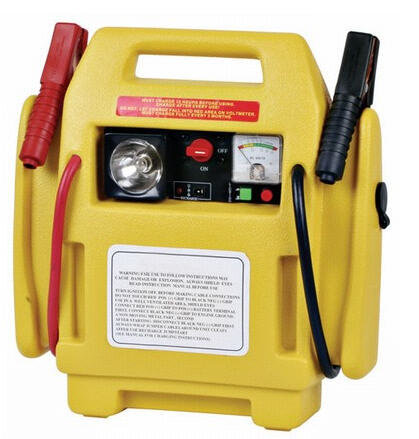Hi Everybody
New to the forum. Just thought I'd throw this question out there. I've been looking around on the net and have seen a few tutorials but I wanted to ask here. Is there something simple I can purchase to plug one strand of normal christmas lights into so that they run on battery power? I've slightly confused as I've seen all these DIY tutorials but I thought there might just be a pack I could buy to bypass all that. Any help?
Thanks,
apollo66
New to the forum. Just thought I'd throw this question out there. I've been looking around on the net and have seen a few tutorials but I wanted to ask here. Is there something simple I can purchase to plug one strand of normal christmas lights into so that they run on battery power? I've slightly confused as I've seen all these DIY tutorials but I thought there might just be a pack I could buy to bypass all that. Any help?
Thanks,
apollo66




